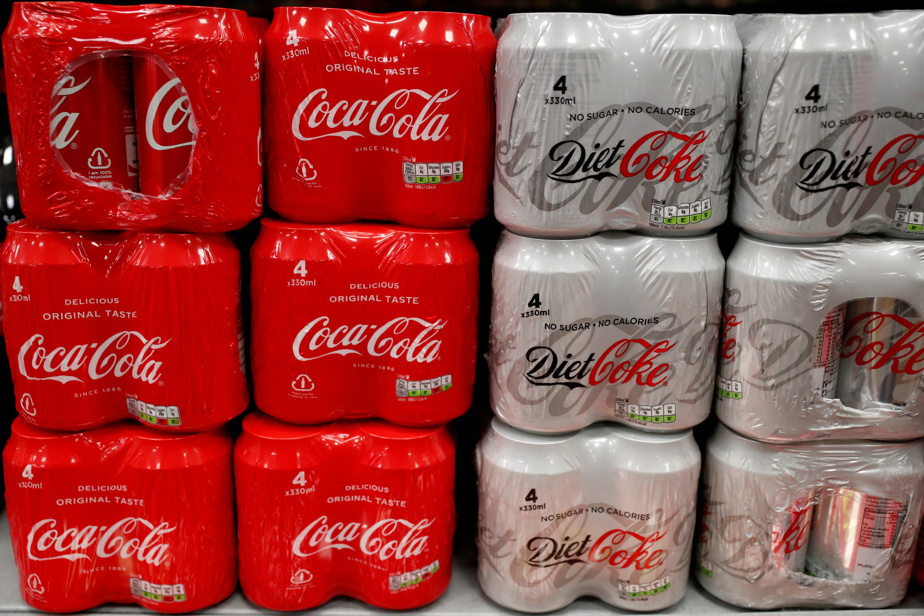(Geneva) The WHO now considers aspartame, an artificial sweetener used in sodas, to be “possibly carcinogenic to humans”, but the daily dose considered to be safe remains unchanged, it has indicated on Friday.
“We are not advising companies to withdraw their products, nor are we advising consumers to completely stop their consumption,” said Dr Francesco Branca, Director of the Department of Nutrition, Health and Development at WHO, during the the presentation of two evaluations of this sweetener.
The International Agency for Research on Cancer (IARC) of the World Health Organization (WHO) has for the first time assessed the level of danger of aspartame. Meeting from June 6 to 13, these experts concluded that the sweetener “was possibly carcinogenic to humans” (group 2B of the classification).
The decision to place aspartame in this group was made based on “limited indications” for cancer in humans, specifically, for hepatocellular carcinoma, which is a type of liver cancer, according to the WHO. .
Limited evidence has also been observed for cancer in laboratory animals.
According to the Dr Branca, additional studies are needed “to further clarify the situation”.
The Joint Committee of Experts on Food Additives of WHO and FAO (UN Food and Agriculture Agency) met from June 27 to July 6 to assess the risks associated with with aspartame.
It concluded that the data assessed did not provide sufficient grounds to justify changing the acceptable daily intake established since 1981 to a maximum of 40 mg per kilogram of body weight and therefore that a person can consume aspartame “without risk”. within the limit of this daily quantity.
With a can of “diet” soft drink containing 200 or 300 mg of this sweetener, an adult weighing 70 kg would need to consume more than 9 to 14 cans per day to exceed the acceptable daily intake, assuming no other aspartame intake from other food sources.
This nutrient-dense sweetener has been widely used since the 1980s as a table-top sweetener.
It is incorporated into low-calorie beverages such as “diet” liqueurs, ready meals, chewing gum, gelatin, ice cream and breakfast cereals, as well as medications, such as cough drops, and other products such as toothpaste.
